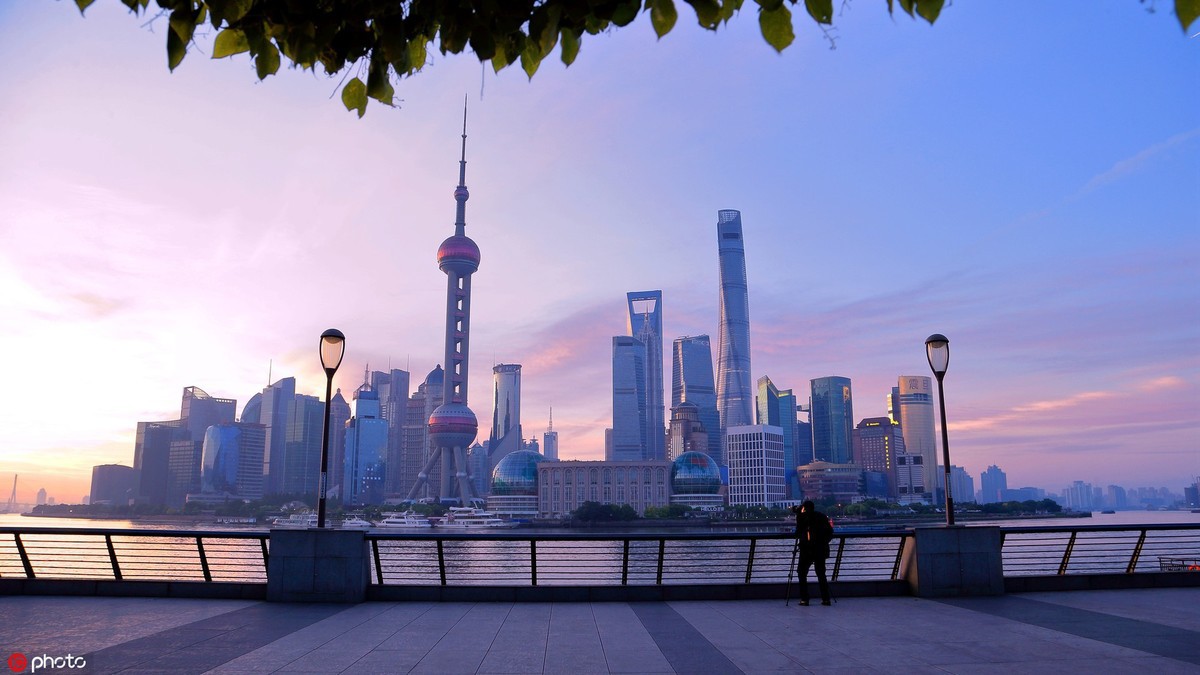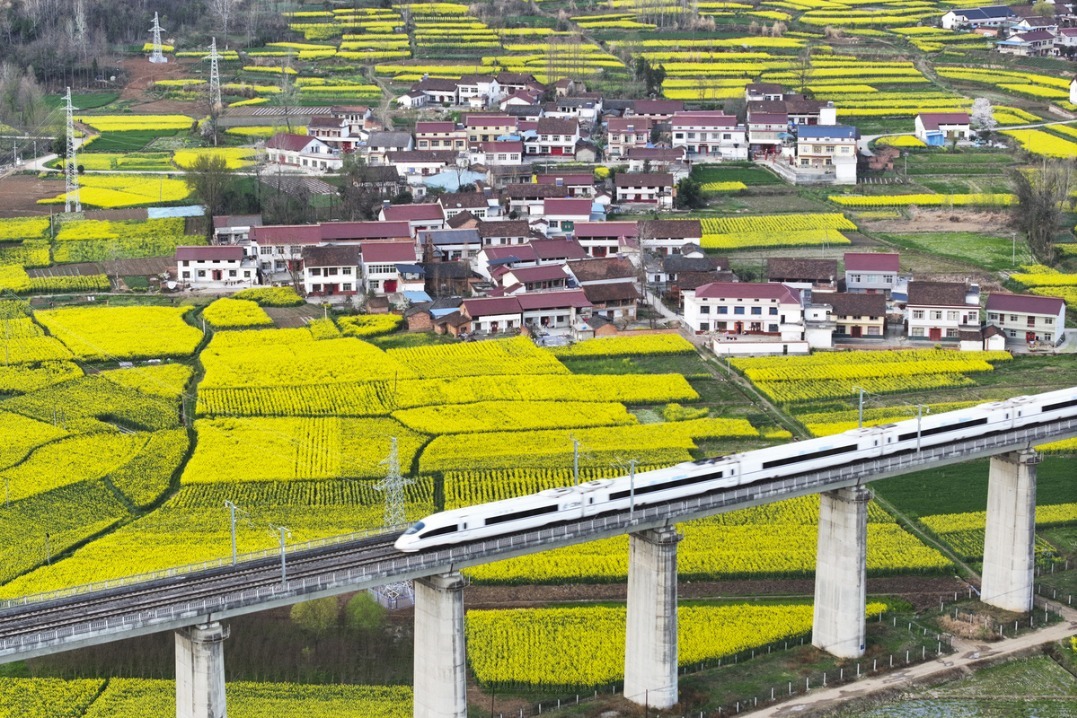Economic power shifting east as Asia rises
By Deepak Nayyar | China Daily | Updated: 2019-10-22 08:24

In 1820, Asia accounted for two-thirds of the global population and more than one-half of the world GDP. The subsequent decline of Asia was attributable to its integration with the world economy shaped by colonialism and driven by imperialism. By 1970, Asia was the poorest continent in the world, marginal except for its large population. The deep pessimism about Asia's economic prospects, voiced by Gunnar Myrdal in Asian Drama, was widespread at the time.
In the half century since then, Asia has witnessed a profound transformation. By 2016, it accounted for 30 percent of the global GDP, 40 percent of world manufacturing, and over one-third of world trade, while its income per capita converged toward the world average. This transformation was unequal across countries and between people. Even so, predicting it would have required a bold imagination.
There were marked differences between countries in geographical size, embedded histories, colonial legacies, nationalist movements, initial conditions, natural resource endowments, population size, income levels and political systems. Despite such diversity, there are common discernible patterns. Economic growth drove development. Growth rates of GDP and GDP per capita in Asia were stunning and far higher than elsewhere in the world. Rising investment and savings rates combined with the spread of education were the underlying factors. Growth was driven by rapid industrialization, often export-led, associated with structural changes in the composition of output and employment.
Rising per capita incomes transformed social indicators of development, as literacy rates and life expectancy rose everywhere. There was also a massive reduction in absolute poverty, which could have been much greater but for rising inequality.
Economic openness, wherever it has been in the form of strategic integration with the world economy, rather than passive insertion into it, has played a critical supportive role in Asian development. Openness was necessary for successful industrialization. But that was not sufficient. Openness facilitated industrialization only when combined with industrial policy that was implemented by effective governments.
Governments have performed a critical role, ranging from leader to catalyst or supporter. Success at development was about managing this evolving relationship between states and markets, complements rather than substitutes.
The Republic of Korea and Singapore coordinated policies across sectors over time in pursuit of national development objectives, using a carrot-and-stick to implement their agenda, and were able to become industrialized nations in just 50 years. China and Vietnam have followed on the same path.
It is not possible to replicate these states elsewhere in Asia. But other countries did manage to evolve some institutional arrangements, even if less effective, that were conducive to industrialization and development. In some of these countries, the institutionalized checks-and-balances of political democracies were crucial to making governments more development-oriented and people-friendly.
The rise of Asia represents the beginnings of a shift in the balance of economic power in the world. The future will be shaped partly by how Asia exploits the opportunities and meets the challenges and partly by how the difficult economic and political conjunctures in the world unfold. Yet it is plausible to suggest that circa 2050, a century after the end of colonial rule, Asia will account for more than one-half of the world GDP and will be home to more than one-half the people on Earth. It will thus have an economic and political significance in the world that would have been difficult to imagine 50 years ago, even if it was the reality in 1820.
The author is professor emeritus of economics at Jawaharlal Nehru University, New Delhi, and former vice-chancellor of the University of Delhi. His latest book, Resurgent Asia: Diversity in Development, is released by Oxford University Press, Oxford. The views don't necessarily represent those of China Daily.
























